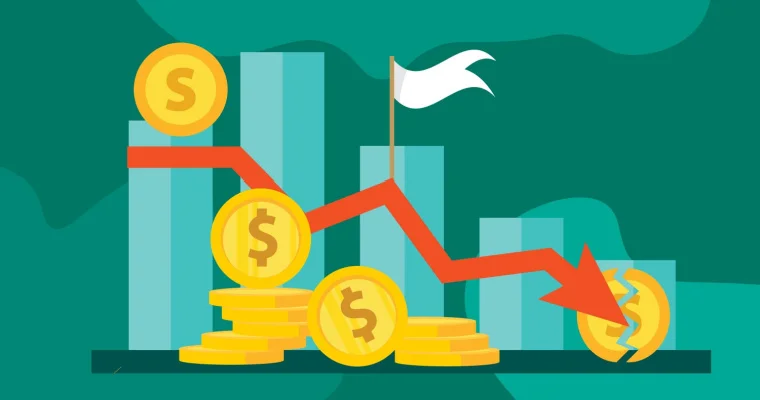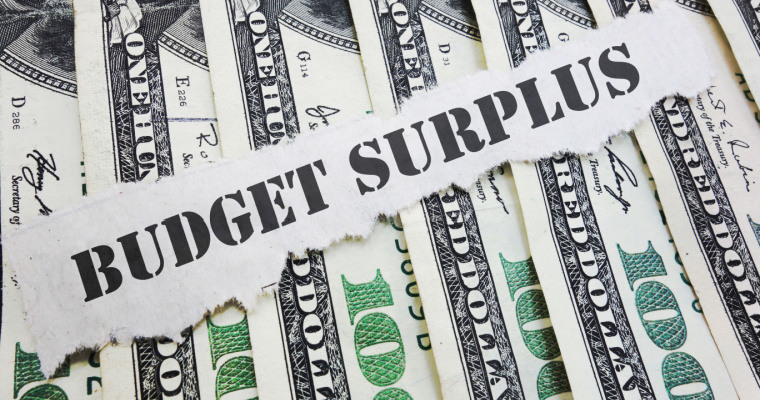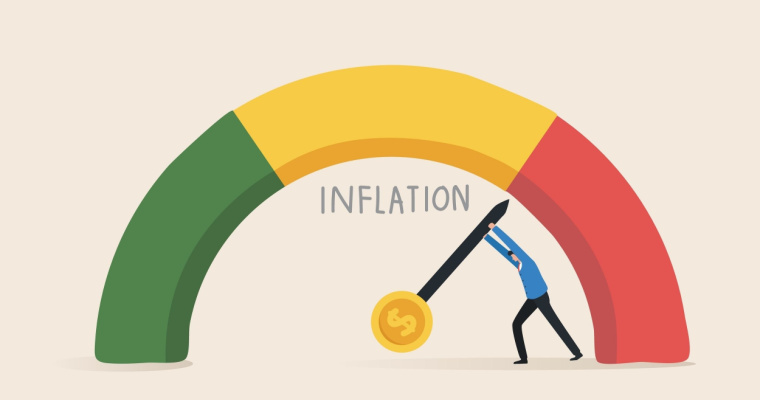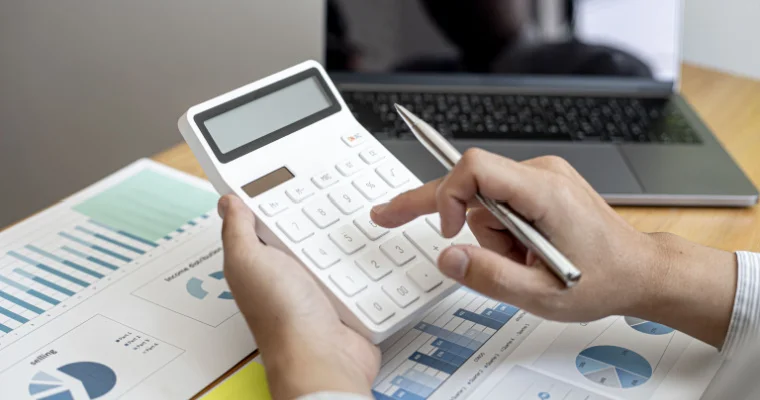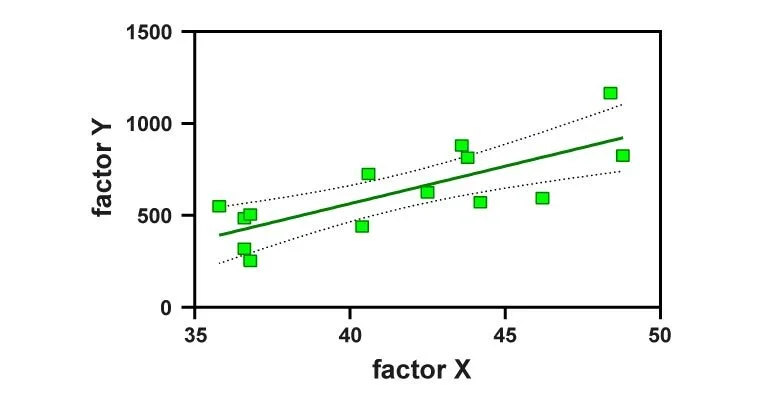What is Salvage Value and Why is it Useful?

Salvage value, also called scrap value, is the value of a specific asset after its useful life. In simpler terms, the scrap value is what a company expects to receive in exchange for the sale of the asset after its useful life. For instance, assume that a piece of machinery costs Company X Rs.1 lakh. After 10 years, the value of the same machinery is determined to be Rs.10,000. This amount is called the scrap or salvage value. The salvage value is also significant when determining the depreciation schedule.
Read on to understand how salvage value works, its importance, calculation, example and uses.
How Does Salvage Value Work?
There are several techniques to determine the scrap value. The method chosen for a specific asset is based on the accounting standards applicable to that asset.
Let us take an example to understand the way the salvage value works. Assume that a company owns a piece of machinery that costs about Rs.15,000 and has a shelf life of approximately seven years. At the end of this period, it is only worth about Rs.4,000. Thus, this depreciated value becomes the salvage value of the machine.
Importance of the Salvage Value
Salvage value is crucial because it is the book value or an estimated value of a specific asset after the depreciation has been completely expensed. In other words, it influences the final depreciable amount used by an organisation to determine its depreciation schedule.
The scrap value is also important to an organisation as it determines the cash flow it shall receive upon selling an asset after its useful life. Most companies use their assets until the scrap value of the asset becomes 0; in other words, the asset becomes obsolete.
The salvage value also helps with tax deductions and overall liability calculations. Wrong calculations of the residual value can lead to mismatched profits and sometimes unaccountability. Thus, despite the scrap value being a rough estimate, it must be done carefully.
Features of Salvage Value
To understand the characteristics of the scrap value, you must learn how it functions.
Firstly, an asset’s value is recorded in a company’s balance sheet, whereas depreciation expenses are recorded in the income statement.
If the scrap value is too high, it might adversely impact the company since there would be an understating of depreciation and overstating of the net income. Furthermore, the balance sheet would show an overstated value of fixed assets and their earnings. In contrast, when the scrap value is set too low, the net income could be understated, and the depreciation may be overstated.
Also Read
Salvage Value Formula
The salvage value formula is rather simple. You can calculate it with the given formula:
Salvage value = P(1-D)^n
Where:
P is the actual value of the asset,
n is the number of years,
And D is the depreciation rate
Another way of calculating the salvage value is as follows:
Salvage value = P-(D*T)
Where:
P is the actual value of the asset,
T is the number of years,
And D is the depreciation rate
How to Calculate Salvage Value?
You should follow the steps given below to calculate the salvage value of an asset:
- The first step is to estimate the real cost of the specific asset, which is generally the purchase price along with the installation costs or other relevant costs.
The second step in calculating scrap value is determining the permissible - Rate of depreciation of the asset throughout its useful life. The rate will be mentioned in the accounting standard guidelines.
- Now, you must determine the useful life of the asset
- Lastly, the salvage value formula is applied to make the calculations.
You can also use easily available online salvage value calculators for quick calculation.
Examples of Salvage Value
Let us look at an example to understand the salvage value better.
Assume company X purchased a piece of new machinery costing approximately Rs.10,00,000 with a useful life of 20 years. The depreciation applicable is Rs.80,000 per year.
When we apply the formula to determine the salvage value based on the given data, we get
Salvage value = 10,00,000 – (80,000*10) = Rs.2,00,000
Let us look at another salvage value example to grasp the concept completely.
A company called ABC purchased a vehicle costing Rs.12,000 with a depreciation of 10% for five years.
Determining the salvage value:
Salvage value = 12000 (1-0.1)^5 = Rs.7085.88
Use of Salvage Value to determine Depreciation
The salvage value directly impacts the calculation of depreciation. There are many ways to compute depreciation, including the straight-line basis, declining balance method, units of product method and more.
Take the straight-line depreciation method. Here, the depreciation formula is
Depreciation= Cost of an asset – Salvage/Scrap value/ Asset’s useful life
Now, when concerning the units of product method, the depreciation is given by
Depreciation= Cost of an asset – Salvage/Scrap value/ Asset’s useful life in the form of units produced
As observed, the salvage value is crucial to determine the value of depreciation or depreciation schedules.
Take a look at another instance. During a sale, salvage value in depreciation is considered when determining the value of a company’s asset. The buyer will want to pay the lowest price for the company and will claim higher depreciation of its assets. With high depreciation, the assets can come in at a lower cost.
Differences Between Residual Value and Salvage Value
Residual value and salvage value are synonyms, often used interchangeably.
Residual values are also called break-up values, scrap values, and salvage values. In lease situations, the residual value is the primary metric for determining how much a lessee pays in periodic lease instalments — the greater the useful life or lease period, the lower the residual value.
Final Word
Salvage value, in simple terms, is the worth of an asset after its useful life. It is mainly used to compute the depreciation charge on the asset that affects an organisation’s profits and taxable gains. To rightfully estimate the gain/loss of a company, it is important to determine the salvage value correctly.
FAQs
Ans: The scrap value can never be greater than the cost price of the asset as it represents the value of an asset after its useful life. The asset undergoes usage, and its value depreciates over time.
Ans: Salvage value is the value of assets after depreciation has been accounted for at the end of their useful life. On the other hand, book value is the total amount the stakeholders would receive if a company underwent liquidation.
Ans: The scrap value is viewed differently in financial and cost accounting. The price at which the product’s raw materials are sold off is known as the scrap value in cost accounting, and it is completely independent of the usefulness of the asset.
Ans: The scrap value of an asset is negative when the cost of disposing of the asset results in a net cash outflow.
Ans: When an asset is no longer of use to your business, and there’s no resale market for the asset, it’s said to have zero or no salvage value.
Disclaimer
This article is solely for educational purposes. Navi doesn't take any responsibility for the information or claims made in the blog.

Customer’s Feedback
No comments found.What is Primary Deficit? – Example, Formula & Measures
What is a Primary Deficit? Primary Deficit is the difference between the current year’s fiscal... Read More »What is Financial Ratio Analysis? – Objectives, Types and Uses
Ratio analysis is a process that allows people to assess the financial health of a company. Using t... Read More »Treasury Management – Its Functions, Types and Benefits
Even the most well-funded business can run into huge losses if it does not have the resources to fu... Read More »How Anti Money Laundering Combats Financial Crime?
Anti Money Laundering (AML) is a system of rules, laws, regulations, and procedures that financial ... Read More »Key Difference Between Factoring and Forfaiting in Trade Finance
Factoring and forfaiting have grown in prominence as major sources of export financing. For the uni... Read More »What is Factoring and its Importance in Financial Management?
Factoring is a practice in which a company buys the accounts receivable of another company at a dis... Read More »What is Budget Surplus: Its Effects, Advantages and Impact with Examples
When the revenue of a government, business, or individual exceeds its expenses in a given period, i... Read More »What is Balanced Budget – Components, Importance and Examples
In financial planning or the budgeting process, a balanced budget is one in which total anticipated... Read More »What Does Inflationary Gap Mean in Macroeconomics?
In macroeconomics, the difference between current and potential GDP is known as a gap. This gap is ... Read More »What is Accounting Conservatism in Finance and How Does it Work?
Accounting conservatism involves a conservative set of accounting guidelines wherein the worst-case... Read More »Multiple Linear Regression (MLP) – Uses, Formula and Examples
Various statistical models help in establishing a relationship between different variables. Multipl... Read More »What is Debt Funding and Why Should You Choose it?
A business can raise funds by borrowing through debt funding. Although debt can take many different... Read More »Top 10 Chit Fund Schemes in India in 2023
Chit funds are one of the most popular return-generating saving schemes in India. It is a financial... Read More »10 Best Gold ETFs in India to Invest in April 2023
Gold ETFs or Gold Exchange Traded Funds are passively managed funds that track the price of physica... Read More »10 Best Demat Accounts in India for Beginners in 2023
Creation of Demat accounts revolutionised the way trades were conducted at the stock exchanges. It... Read More »20 Best Index Funds to Invest in India in April 2023
What is an Index Fund? An index fund is a type of mutual fund or exchange-traded fund (ETF) that... Read More »Best Arbitrage Mutual Funds to Invest in India in April 2023
Arbitrage funds are hybrid mutual fund schemes that aim to make low-risk profits by buying and sell... Read More »10 Best SIP Plans in India to Invest in April 2023
What is SIP? SIP or Systematic Investment Plan is a method of investing a fixed amount in ... Read More »10 Best Corporate Bond Funds in India to Invest in April 2023
Corporate bond funds are debt funds that invest at least 80% of the investment corpus in companies ... Read More »10 Best Bank for Savings Account in India [Highest Interest Rate 2023]
Savings account is a type of financial instrument offered by several banks. It lets you safely depo... Read More »












